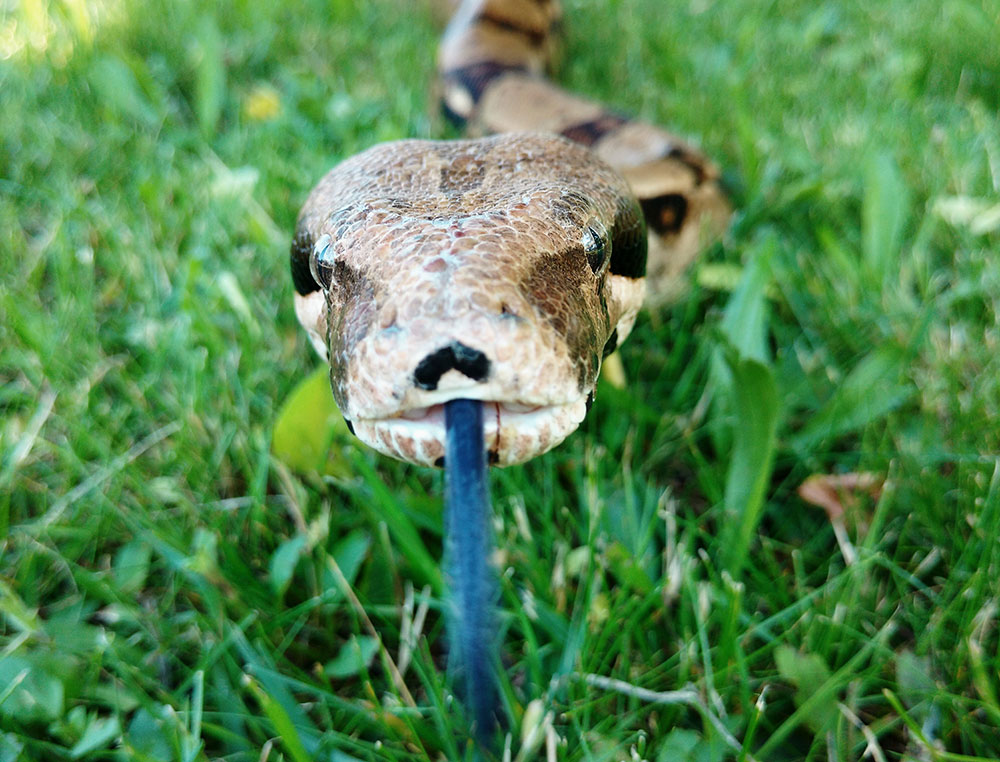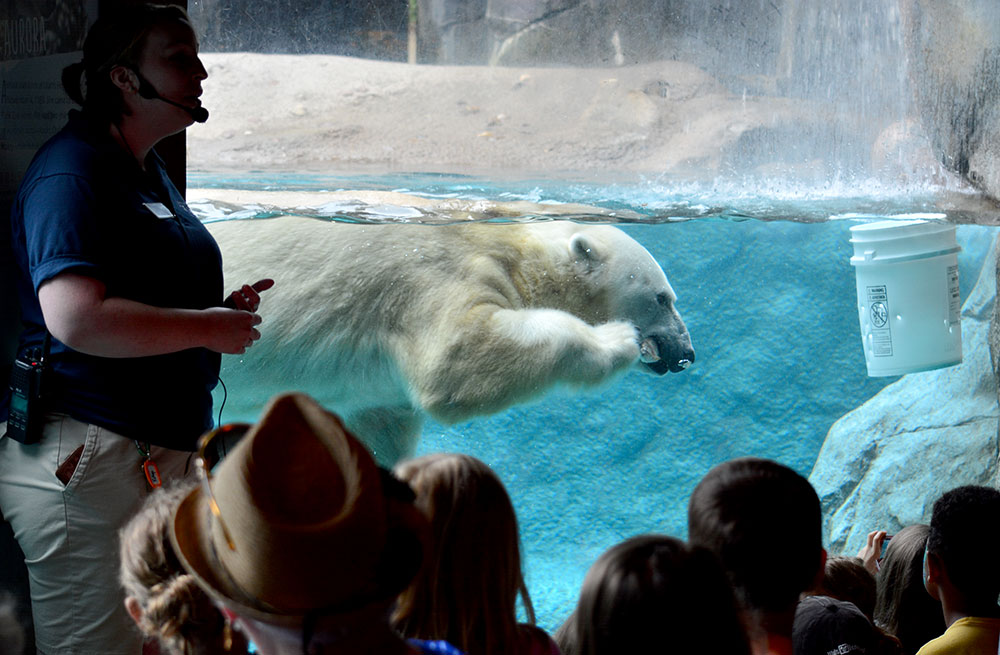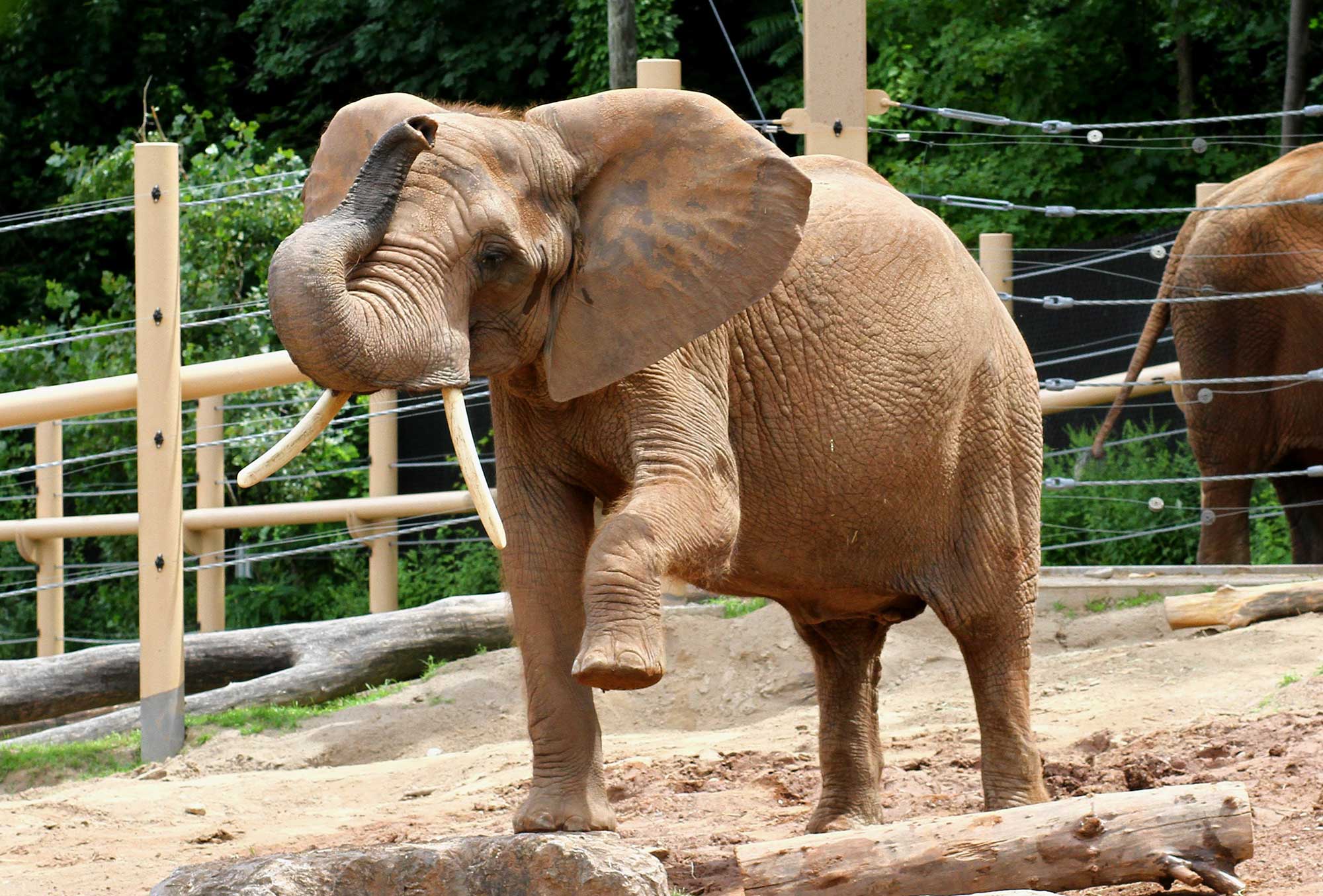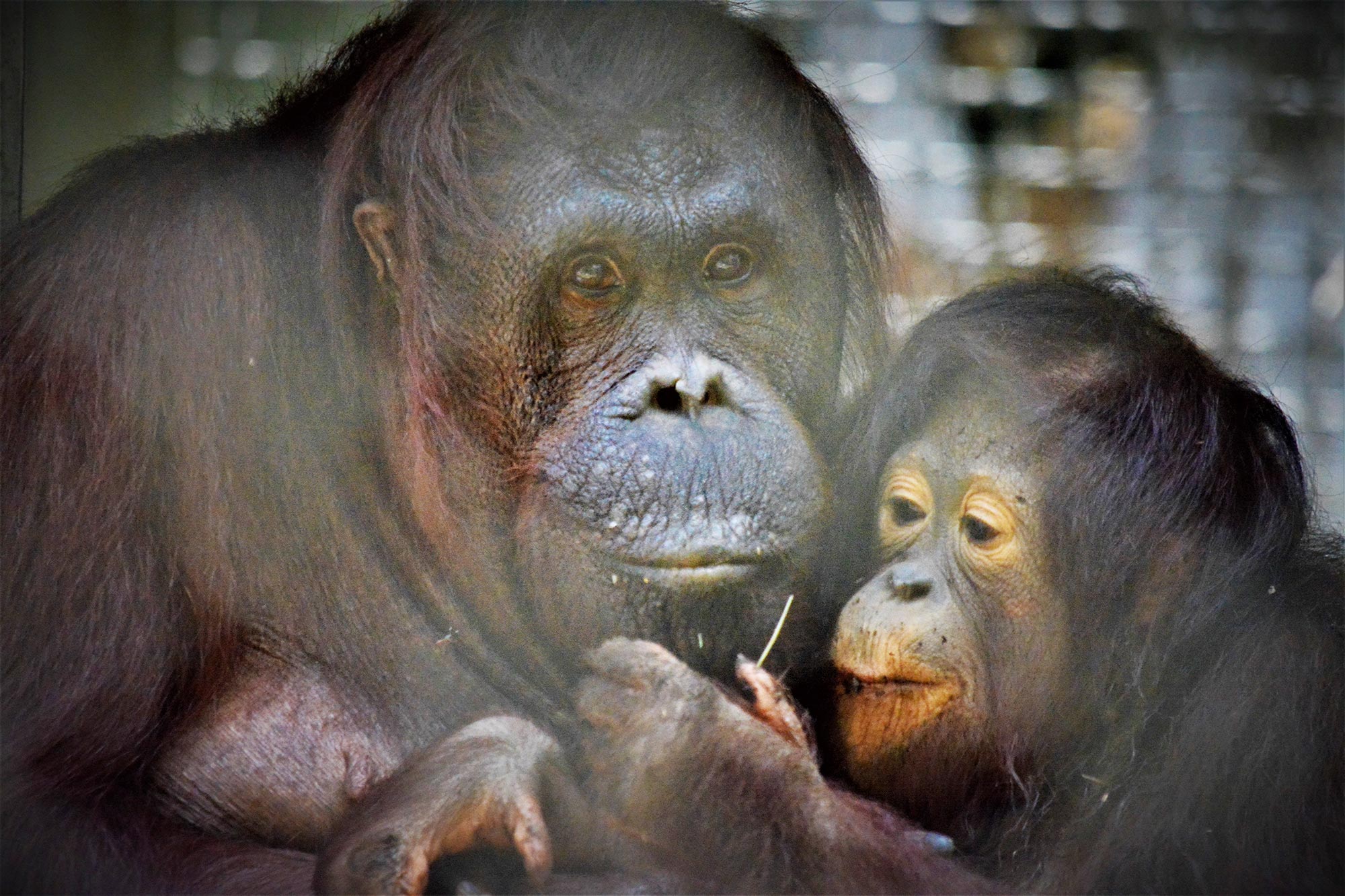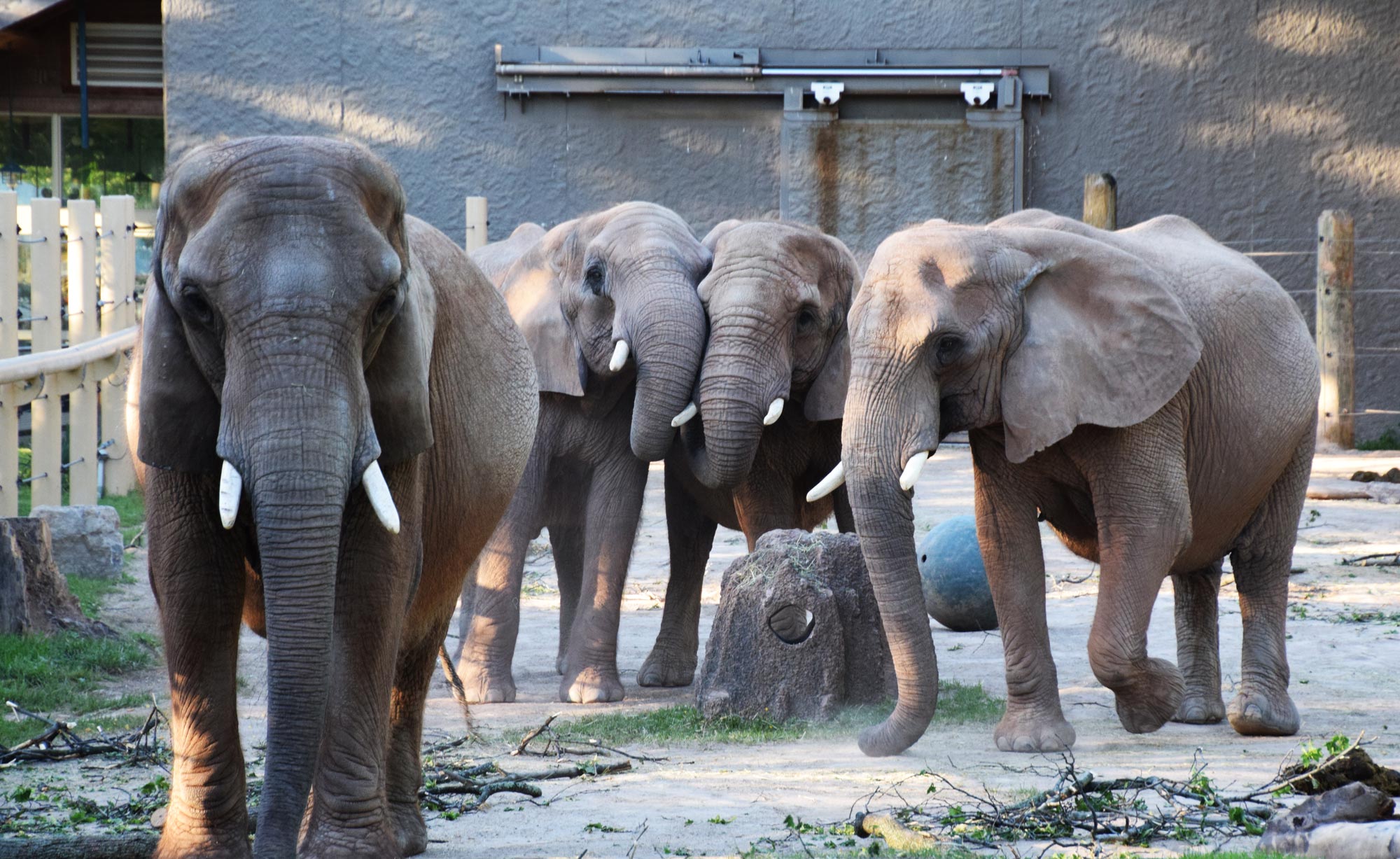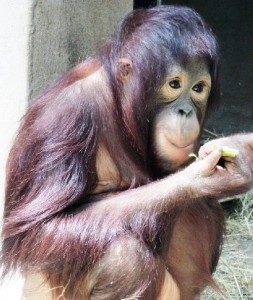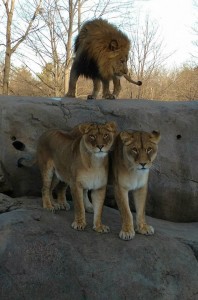March 4, 2018
I want you to think of your most recent visit to the Zoo. Which animals were you most excited to see? Which animal’s habitat did you spend the most time observing? Was it an elephant? An orangutan? Maybe you enjoyed watching the tiger or the lions as they slept on their kopje rock. If I was correct about at least one of these, it’s not surprising, because these animals have charisma. People perceive them as “cute” and “silly” and as you watch them interact with each other, explore enrichment, or train with their keepers, you can sometimes see a bit of yourself in them. And just as we relate to and admire certain species, there are others that have the opposite effect on us.Spiders and snakes seem to fit the mold of what people like least about animals, whether it’s because of the many legs they have, or in the case of snakes, their lack of legs all together. I’ve seen guests cringe when they see them, or sometimes even refuse to look into their habitat. This bad reputation is an issue that zoo keepers and conservationists face while educating guests about their ecological importance and when trying to gain support for conservation projects. While an elephant may be hard to miss, a reptile or invertebrate lying motionless under a rock may be easily overlooked. Take a second look though, and you’ll be surprised at how extraordinary these “outcasts” can be.Spiders may bug you, but they aren’t bugs! They are arachnids and are related to scorpions, which undoubtedly share their relative’s poor reputation. Unlike six-legged bugs, spiders have eight legs, and inhabit just about every place on earth with the exception of the polar regions and the ocean. Their aptitude to survive in unique ecosystems, combined with their ability to hunt and avoid BEING hunted, does deserve some admiration, if not your affection. Spiders build webs, dig burrows, and even swim underwater using a procured oxygen bubble to hunt for their prey. They feed on just about anything they can, based on the size of the species, and will gladly consume a cockroach that just may be making tracks towards your house!
To avoid being eaten themselves, they are masters of camouflage with some species going as far as to mimic bird droppings to avoid suspicion. Now, that’s dedication! The Chilean rose hair tarantula, a program animal at the Zoo, takes a much simpler route by finding a small den to hide out in while waiting for an unsuspecting insect to trigger the web its laid down around it. As the weather warms, keep your eyes open for this spider with one of our naturalists so that you can gaze into their eight eyes.Snakes share the spider’s immense contribution to pest control, along with the misplaced hostility they receive from people. They hunt and consume the rodents that have plagued humanity for centuries, helping to keep their numbers in check. Snakes have also adapted to just about every type of ecosystem on the planet, findings ways to swim through tropical oceans and even glide from tree to tree in dense jungle. The snakes that call Seneca Park Zoo home are accustomed to the presence of people and handling by animal care staff. While some guests may not be comfortable getting up close and personal with these reptiles, the Zoo makes it a top priority to ensure the snakes are comfortable with us. Staff is trained how to appropriately transport and handle them so they remain calm and the interactions are positive, for human and reptiles alike. Working with snakes means being able to read their body language and recognize if they’re calm or excited, hungry, or about to shed its skin. Since a snake can’t see too well prior to shed, it’s a good time to leave them be!After reading this, I don’t expect you to love snakes and spiders. I do hope however, that you have a newfound respect for their natural abilities and the important roles they play in keeping ecosystems healthy. Next time you’re at the Zoo, take an extra moment to read the species information in front of each habitat. You’ll be surprised at the rich diversity of these traditionally unpopular animals, and remember, everyone (even snakes and spiders) deserve a second chance!– James Weinpress, Elephant Handler
(Featured image: Red tail boa constrictor, photo by James Weinpress)

